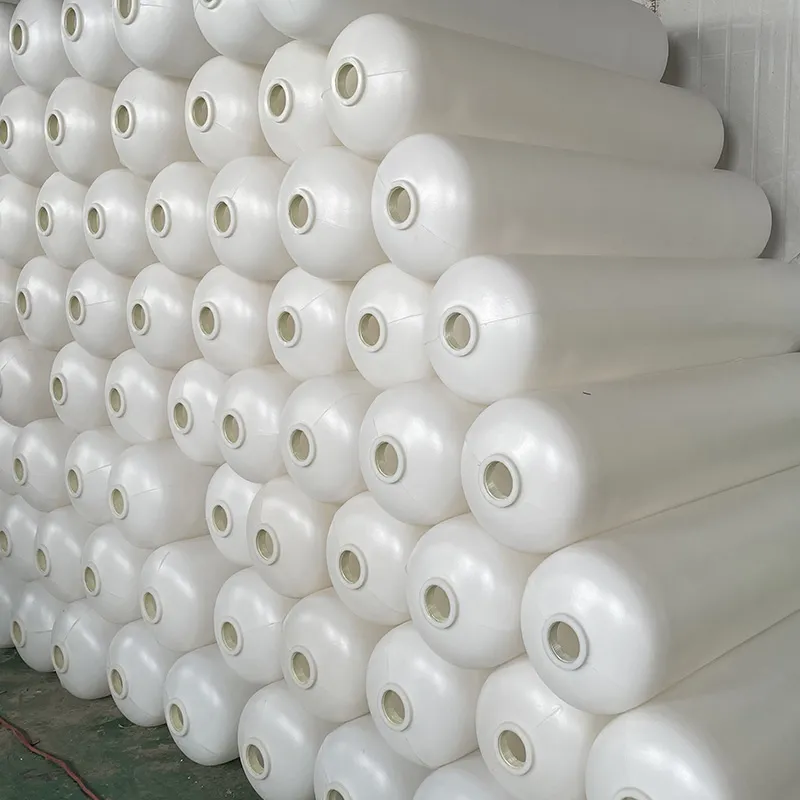loading...
- No. 9, Xingyuan South Street, Dongwaihuan Road, Zaoqiang County, Hengshui, Hebei, China
- admin@zjcomposites.com
- +86 15097380338
- Welcome to visit our website!
Exploring the Importance of GRP Structures in Modern Engineering Applications
Understanding GRP Structures A Modern Approach to Construction
Glass Reinforced Plastic (GRP) structures have been gaining popularity in various industries due to their unique combination of strength, lightweight properties, and resistance to corrosion. As construction techniques evolve, GRP emerges as a robust alternative to traditional materials, leading to its increased adoption in both architectural and engineering applications.
What is GRP?
GRP, also known as fiberglass, is made from a composite material comprising a polymer matrix reinforced with glass fibers. This combination provides enhanced mechanical properties, making GRP structures not only strong but also flexible in design. The manufacturing process involves creating a resin-rich matrix through a process of molding, lamination, or pultrusion, allowing for intricate shapes and sizes suitable for diverse applications.
Applications of GRP Structures
One of the most significant advantages of GRP structures is their versatility
. They can be found in various applications, including1. Construction GRP is increasingly used in the construction of buildings, particularly in structural elements, panels, and facades. Its lightweight nature reduces the load on foundations and supporting structures, allowing for innovative designs.
2. Marine The marine industry heavily relies on GRP for making boats and yachts. Its resistance to water and chemicals makes it an ideal material for hulls, decks, and other components.
3. Infrastructure GRP is utilized in building infrastructure such as bridges, walkways, and pipe systems. The material's durability ensures long service life with minimal maintenance.
4. Renewable Energy Wind turbine blades are often manufactured from GRP, as the material's strength-to-weight ratio allows for larger, more efficient designs that can withstand harsh environmental conditions.
5. Automotive In the automotive sector, GRP components help in reducing vehicle weight, improving fuel efficiency, and allowing for design flexibility.
Advantages of GRP Structures
grp structures

The growing acceptance of GRP structures can be attributed to several key advantages
- Lightweight GRP is significantly lighter than traditional materials like steel and concrete. This property simplifies transportation and installation, as well as reducing foundational requirements.
- Corrosion Resistance GRP structures are resistant to rust and corrosion, making them suitable for environments exposed to moisture, chemicals, or saltwater. This leads to lower maintenance costs over time.
- Design Flexibility The molding capabilities of GRP allow for complex shapes and sizes, fostering creativity in architectural design without compromising structural integrity.
- Energy Efficiency The insulation properties of GRP can lead to improved energy efficiency in buildings, as they help maintain temperature and reduce heating and cooling costs.
Challenges and Considerations
While GRP structures offer numerous benefits, there are also challenges to consider
- Initial Costs The upfront costs of GRP can be higher compared to traditional materials. However, long-term savings on maintenance and durability may offset this initial investment.
- Fire Resistance GRP is less fire-resistant than materials like steel or concrete. Therefore, appropriate fire ratings and treatments must be implemented when used in construction.
- Environmental Impact The production of GRP involves petrochemicals, which can raise concerns regarding sustainability. Ensuring responsible sourcing and exploring biodegradable alternatives is crucial for a sustainable future.
Conclusion
As industries continue to seek innovative solutions to modern challenges, GRP structures stand out as a viable and efficient alternative to traditional building materials. Their unique properties, rooted in strength, lightweight design, and resistance to the elements, present opportunities for architects and engineers to push the boundaries of design while maintaining structural integrity. As technology advances and concerns for environmental impact grow, it will be essential to refine the processes involved in GRP production and application to ensure a sustainable approach that meets the demands of future construction projects.
-
Why Choose a Galvanized Water Tank for Your Storage NeedsNewsMay.21,2025
-
The Strength and Durability of FRP GratingNewsMay.21,2025
-
The Importance of Water Treatment Systems for Clean and Safe WaterNewsMay.21,2025
-
The Advantages of FRP Rebar for Construction ProjectsNewsMay.21,2025
-
Say Goodbye to Hard Water with a Reliable Water SoftenerNewsMay.21,2025
-
Maximize Your Water Storage with a Sectional Water TankNewsMay.21,2025
-
The Power of Filter VesselsNewsMay.19,2025
